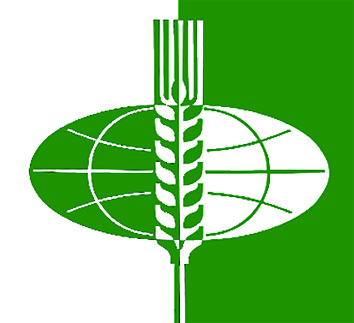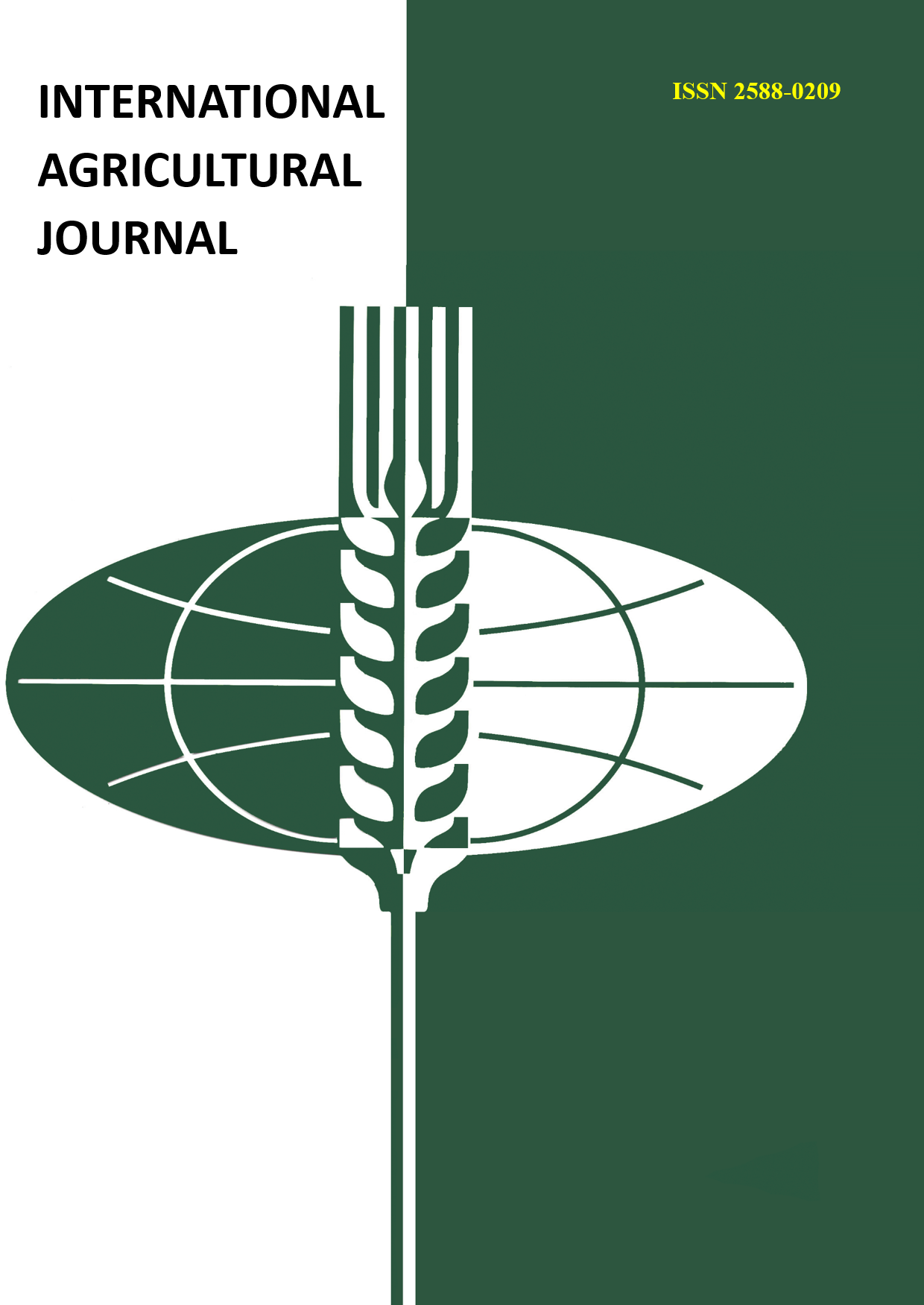The development of agricultural cooperation plays an important role in ensuring the food security of the country. More than 5,000 rural cooperatives are registered in the country, but no more than 3,000 cooperatives actually operate. These cooperatives cannot provide the necessary volumes of procurement and processing of products and reliable sales markets, which are partially monopolized by large commercial structures that appropriate the main profits of rural producers. According to the Ministry of Agriculture of Russia, as of September 1, 2019, 5839 agricultural consumer cooperatives (SPoK) were registered, of which 1032 are processing, 1410 are supply and marketing, 1381 are credit, 813 are service and 1203 are others, which include horticultural, horticultural and livestock cooperatives. The number of members of the SPOK amounted to 392.5 thousand people. Of the total number, 3,750 SPOs are employed, which is 18.7% less than in 2016. Grant support measures for rural cooperatives play an important role in the development of cooperation in rural settlements. State support of rural cooperatives contributes to the growth of sales of products of small forms of management through cooperatives. The purpose of this article is to study the experience of developing agricultural cooperation in the regions of the country. The introduction gives a general description of the development of the cooperative movement in Russia. In the main part, individual regions for the development of rural cooperation are considered, where examples of the best regions of the country for the development of rural cooperation are given. The conclusion refers to the measures that need to be taken for the further development of rural cooperation in all regions of the country.
sel'skaya kooperaciya, gosudarstvennaya podderzhka, regiony strany, malye formy hozyaystvovaniya, potrebitel'skie kooperativy, potrebitel'skie obschestva














